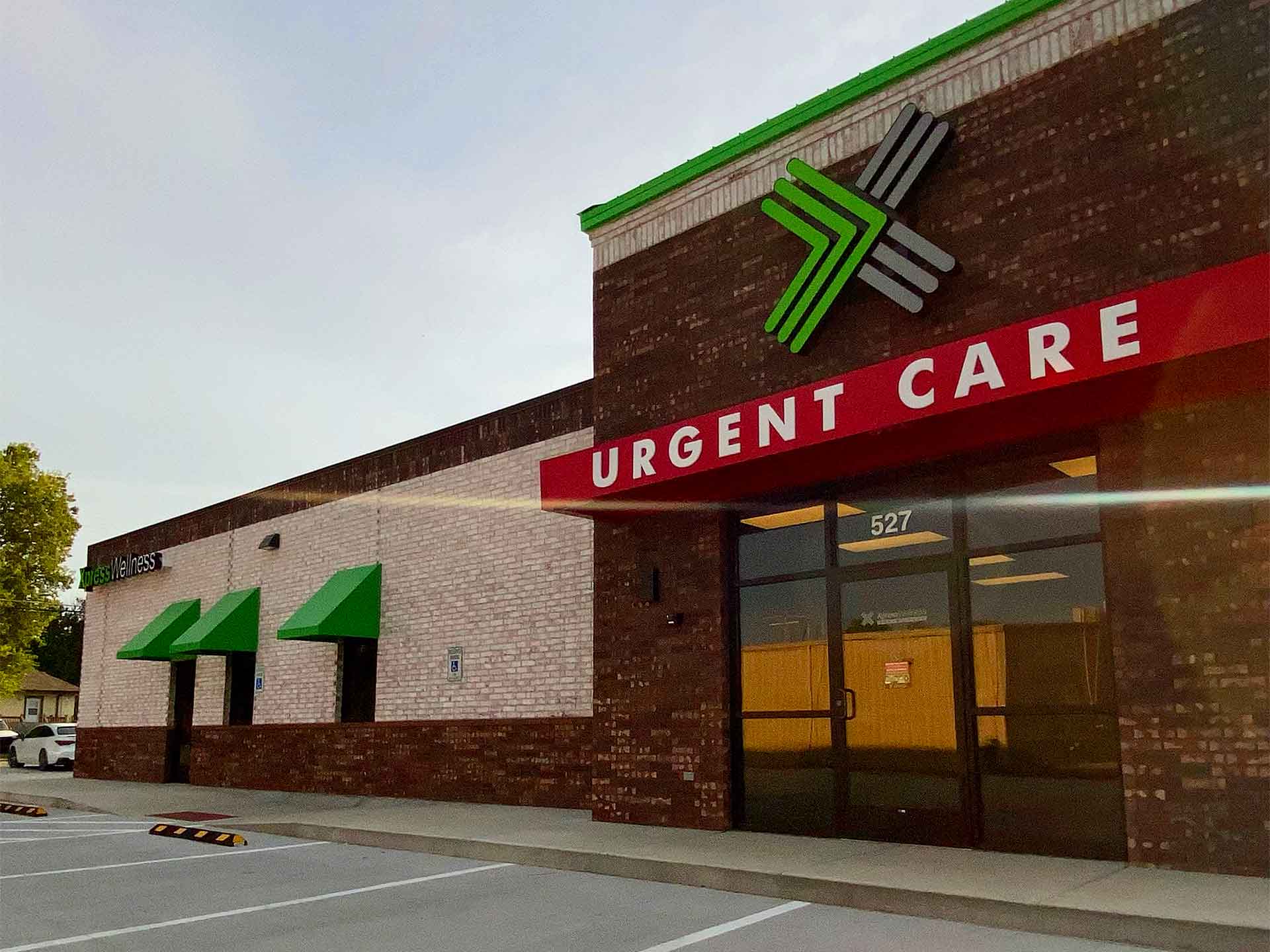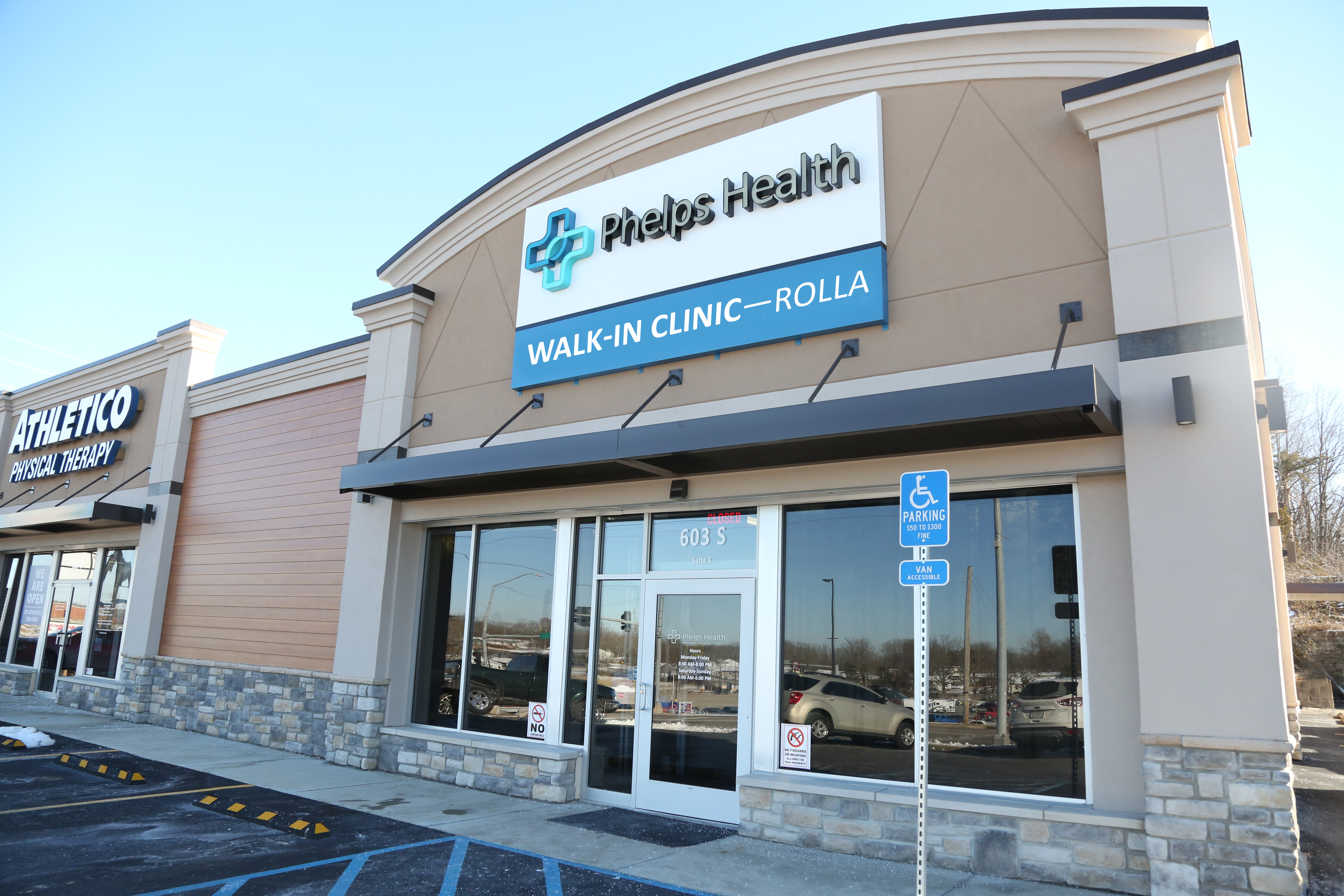Understanding the Duty of Urgent Treatment in Providing Timely Therapy for Non-Life-Threatening Problems
Immediate care facilities have actually emerged as a crucial component of the health care landscape, dealing with the instant needs of individuals with non-life-threatening conditions. By supplying prompt and accessible clinical services, these facilities efficiently link the space in between health care and emergency divisions. Nonetheless, the implications of their role extend past plain benefit, prompting a more detailed examination of when and exactly how these facilities are used. Comprehending the nuances of urgent treatment might significantly affect client results and the total effectiveness of medical care delivery. What factors add to their expanding value in contemporary medicine?
What Is Urgent Care?
Immediate care refers to a classification of clinical services created to address non-life-threatening problems that call for instant attention. These facilities act as an intermediary between primary treatment physicians and emergency situation spaces, supplying a practical choice for clients who need punctual care without the extensive waiting times commonly connected with emergency departments.
Immediate treatment facilities are normally staffed by doctor, consisting of medical professionals, registered nurse experts, and doctor assistants, that are educated to identify and treat a broad variety of conditions. Typical services given by these centers include therapy for minor injuries, ailments, and infections, as well as analysis examinations such as X-rays and research laboratory work.
Furthermore, immediate care facilities frequently approve walk-in clients, removing the need for visits. In general, urgent treatment plays an important duty in the healthcare system, making sure patients can access important clinical services quickly and successfully.

When to seek care at an immediate care facility instead of a key care medical professional or an emergency situation room,Numerous people may locate themselves unsure regarding. Immediate care is designed to resolve non-life-threatening conditions that call for prompt attention yet are not severe sufficient to warrant an emergency clinic see.
Usually, one ought to consider urgent look after concerns such as minor fractures, sprains, cuts needing stitches, or infections like urinary system system infections. Additionally, chilly or influenza signs and symptoms, rashes, and sensitive responses can also be properly taken care of in this setting.
It is essential to keep in mind that urgent care is not appropriate for deadly emergency situations, such as upper body discomfort, difficulty breathing, or serious blood loss, which demand immediate emergency space intervention.
People that do not have access to a medical care doctor or can not secure a timely appointment might likewise benefit from immediate treatment services. Eventually, recognizing when to make use of immediate treatment can cause extra efficient health care shipment, enabling individuals to receive the suitable level of care based on their particular health needs.
Advantages of Urgent Treatment Centers
Picking immediate treatment centers for non-life-threatening conditions provides several advantages that boost person experience and accessibility. One primary advantage is the lowered delay times compared to conventional emergency rooms. Immediate treatment centers typically run on a first-come, first-served basis, permitting people to get timely medical focus without the lengthy delays typically connected with healthcare facility setups.
In addition, immediate care facilities give extensive hours, including evenings and weekends, accommodating people with differing schedules. This flexibility guarantees that individuals can look for care when it is most hassle-free for them, additionally promoting prompt treatment.

Additionally, these centers typically provide a detailed range of solutions, including small treatments and analysis tests, all under one roof covering. This consolidation of solutions not only improves the client experience yet additionally promotes an extra cohesive strategy to handling non-life-threatening health problems, ultimately profiting overall individual end results.
Common Conditions Treated
At immediate care centers, a selection of non-life-threatening conditions can be properly treated, offering clients with easily accessible and timely clinical help. These centers are especially skilled at dealing with concerns that need timely interest but do not pose an immediate risk to life or limb.
Typical conditions dealt with at urgent care facilities include minor injuries such as cracks, strains, and pressures. Urgent care centers are furnished to execute necessary diagnostic tests, such as X-rays and laboratory tests, enabling them to supply thorough treatment.
In addition, immediate treatment suppliers can carry out inoculations, helping to avoid the spread of contagious conditions - Urgent Care. They additionally use solutions for small procedures, such as suturing injuries or draining pipes abscesses. By using these diverse solutions, immediate treatment facilities play a vital duty in connecting the space in between primary treatment and emergency situation solutions, making certain people receive prompt treatment for a wide variety of problems without the demand for long haul times normally connected with emergency rooms
Just How Urgent Care Supports Medical Care System
Immediate treatment facilities play a critical function in sustaining the general medical care system by relieving the worry on emergency situation divisions and offering timely accessibility to medical treatment for non-life-threatening conditions. By taking care of situations such as small injuries, infections, and ailments, urgent treatment facilities enable emergency situation divisions to concentrate on even more crucial clients needing immediate attention.
Furthermore, immediate care facilities boost healthcare accessibility, offering extensive hours and a more practical alternative to conventional medical care settings. This ease of access is especially beneficial for patients that may not have a normal medical professional or who require immediate treatment outside of typical office hours. Consequently, urgent find more information care facilities effectively minimize enhance and wait times individual complete satisfaction.
Furthermore, immediate treatment centers add to cost savings for both patients and the health care system by providing lower-cost solutions compared to emergency departments. This economic efficiency is essential in an age of increasing medical care costs, enabling clients to get essential care without sustaining outrageous expenses.
Final Thought
Finally, immediate treatment centers play an important role in the healthcare system by delivering prompt navigate to this website treatment for non-life-threatening conditions. By connecting the void between health care and emergency clinic, these facilities make sure that clients receive prompt clinical attention without the extensive wait times generally related to emergency situation divisions. The accessibility and effectiveness of immediate care facilities add considerably to minimizing the overall burden on healthcare resources, improving person results, and promoting a more efficient health care distribution system.
Immediate care facilities have actually emerged as an important component of the healthcare landscape, addressing the immediate requirements of patients with non-life-threatening conditions. Urgent care visits typically sustain lower out-of-pocket expenses compared to emergency department check outs, making treatment extra affordable for individuals our website without compromising high quality. Immediate treatment facilities are equipped to carry out required analysis tests, such as X-rays and laboratory tests, enabling them to supply extensive treatment.
By providing these diverse solutions, urgent care centers play an essential function in bridging the void between key treatment and emergency services, ensuring individuals receive timely therapy for a wide variety of conditions without the need for lengthy delay times commonly connected with emergency areas.
In addition, immediate treatment facilities improve health care ease of access, providing extensive hours and an extra hassle-free option to conventional key care settings.